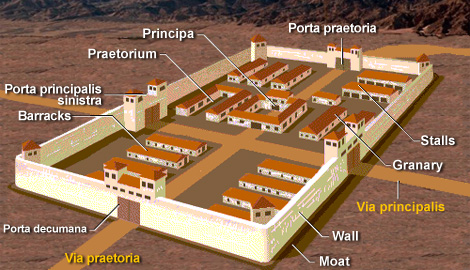I t is well documented that Herod the Great modified the area of the Temple and the city of Jerusalem with vast building projects. But have modern scholars, historians and religious authorities from the past erred in their placement of both the Solomonic and Herodian Temples, Fortress Antonia and other landmarks of the ancient capital? The Temples that Jerusalem Forgot indeed makes this revolutionary claim and premise. British historian and archaeologist Joseph Trupp, writing in 1855, noted that ancient Jerusalem's topography "is enveloped in grievous uncertainties" and observed "it can be of no surprise if all traditional knowledge respecting the spots important in the study of Jewish archaeology should prove to have been completely corrupted or lost ... the utter demolition of the city by Titus renders it probable that the accurate topography of the ancient city was forgotton at a very early period." Still, over one hundred and fifty intervening years of research and archaeology have hardly unscrambled this puzzle of the lay of the land and the positioning of buildings in first century Jerusalem, and there is still hardly one point in the whole topography of the Holy City to which scholars are entirely agreed. Hershel Shanks, Editor-in-Chief of Biblical Archaeology Review summed up the matter succinctly in this bold 1999 statement: "Everything you know about Jerusalem is wrong." The latest and most extravagantly produced and authoritative work on early Jerusalem (City of David, published by the City of David Institute for Jerusalem Studies, 2008) makes the telling admission that "the Temple Mount area still remains the 'black hole' of Jerusalem archaeology." And it is the disposition of the Temple Mount that is at the very heart of the matters taken up in this volume. The two graphic renderings directly below dramatically present just one difficulty with the current and widely accepted view. The illustration to the left pictures the “Temple Mount” or Haram esh Sharif as envisioned by most scholars. Note especially—in the upper left hand corner—the standard depiction of Fort Antonia as a modest, diminutive, annex-sized structure, awkwardly connected to the northern “temple” wall.
To the right you will see a depiction of a standard Roman Fortress. The size (generally 50 acres or more), shape and layout were uniform throughout the Empire. You will notice immediately the striking similarity in the shape, character and dimensions to the Temple Mount (at 45 acres) enclosure. A Roman Fortress housed a standard Roman Legion of 5,200 soldiers. A typical fort would also accommodate additional specialized buildings for blacksmiths, carpenters, butchers, shoemakers, storage for grain and stables for horses. Other specialized buildings were the Praetorium for the commander, the principia for the administration and hospital. Outside of each Fort, a Roman style bath was built. A broad avenue for parades and drills, the Via Principalis, would generally bisect the encampment. The walls were massive, and generally made of stone. The design, pattern and size was standard throughout the Empire, and the encampment that a complete roman legion would need to keep Israel under Roman control would have been no different. Thus, it is little wonder that eyewitness Josephus referred to Fort Antonia as a “city within a city.” To imagine this vast enterprise fitting into the postage-stamp size (by comparison) Fortress Antonia of popular imagination simply taxes both the historical record and common sense. For Rome to maintain a fortress on such a small scale in Jerusalem, the most volatile and potentially explosive of all the locations throughout its vast empire, simply presents just one more difficulty to the commonly accepted view of placing the Jewish Temples over the Dome of the Rock. “None of the Jewish Temples were ever built in the area of the Dome of the Rock. Although a popular theory, it is free from any support from biblical sources. Martin is the first modern scholar to realize this.” Below you will see depictions of other actual Roman fortresses throughout the Roman Empire. All are without exception; the same shape, size, and general character of the structure that is the massive centerpiece of metropolitan Jerusalem today.
“...the arguments regarding the size of Fortress Antonia, based on Josephus and other evidence we have about Roman military encampments, must be addressed. Martin’s thesis is so bold that it cannot be ignored.”  “Antonia was a fortress overlooking the Temple.” —Josephus Dr. Martin’s premise, depicted above by noted biblical illustrator Balage Balough, shows the massive Fortress Antonia looming over the Second Temple, placed over the Gihon Spring in the City of David. The question of Fortress Antonia—along with many other relevant “Temple Topics”—is explored in much greater detail in the pages of The Temples that Jerusalem Forgot. With extensive footnotes and bibliography, Dr. Martin’s work presents a detailed, documented, century-by-century account of how historians and the religious authorities of all three Abrahamic creeds lost the knowledge of where the Temple stood. Martin solves a host of historical problems that have been debated for hundreds of years. | |||||||||||||||
Copyright ©2012 All Rights Reserved. |









